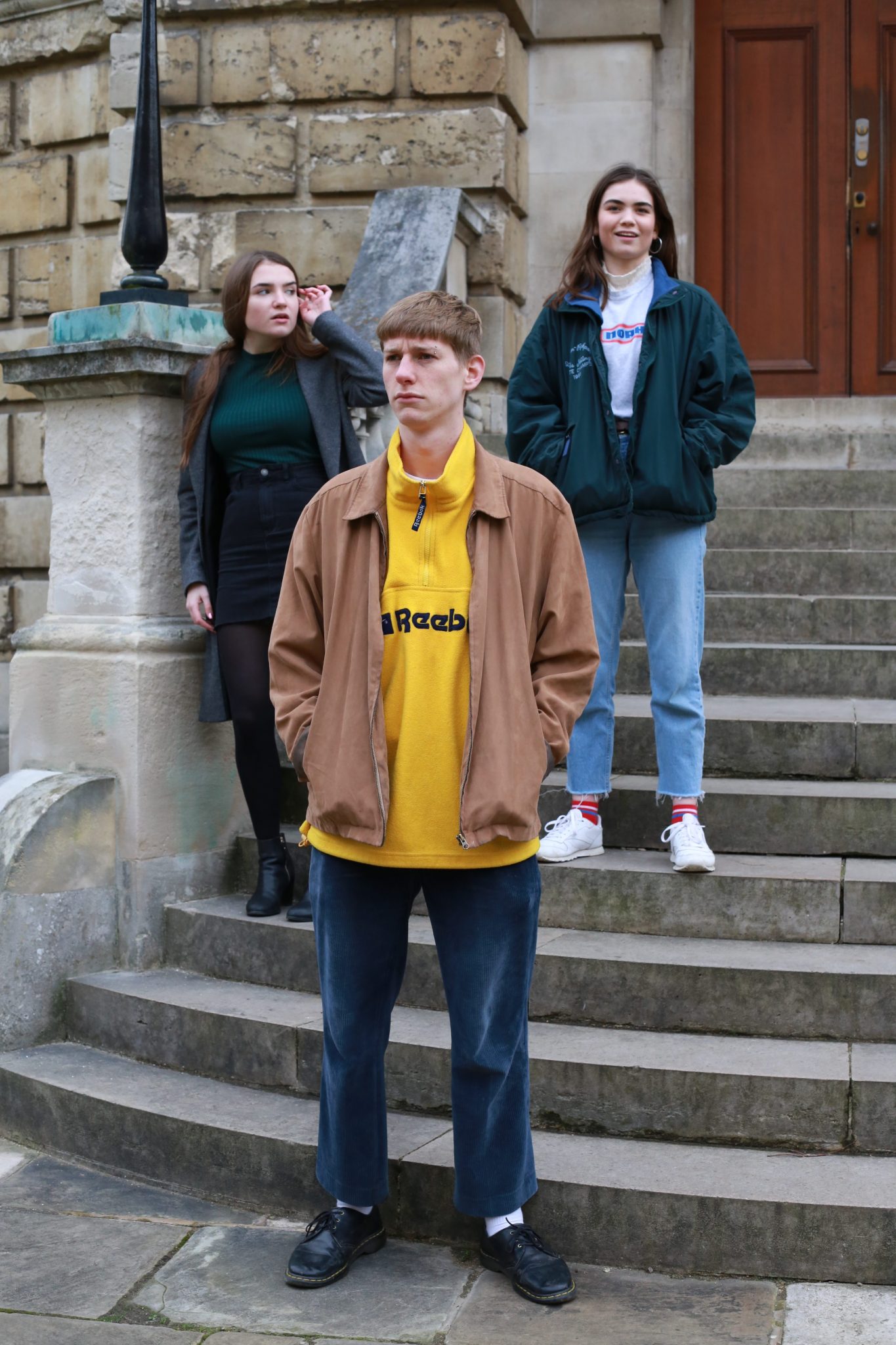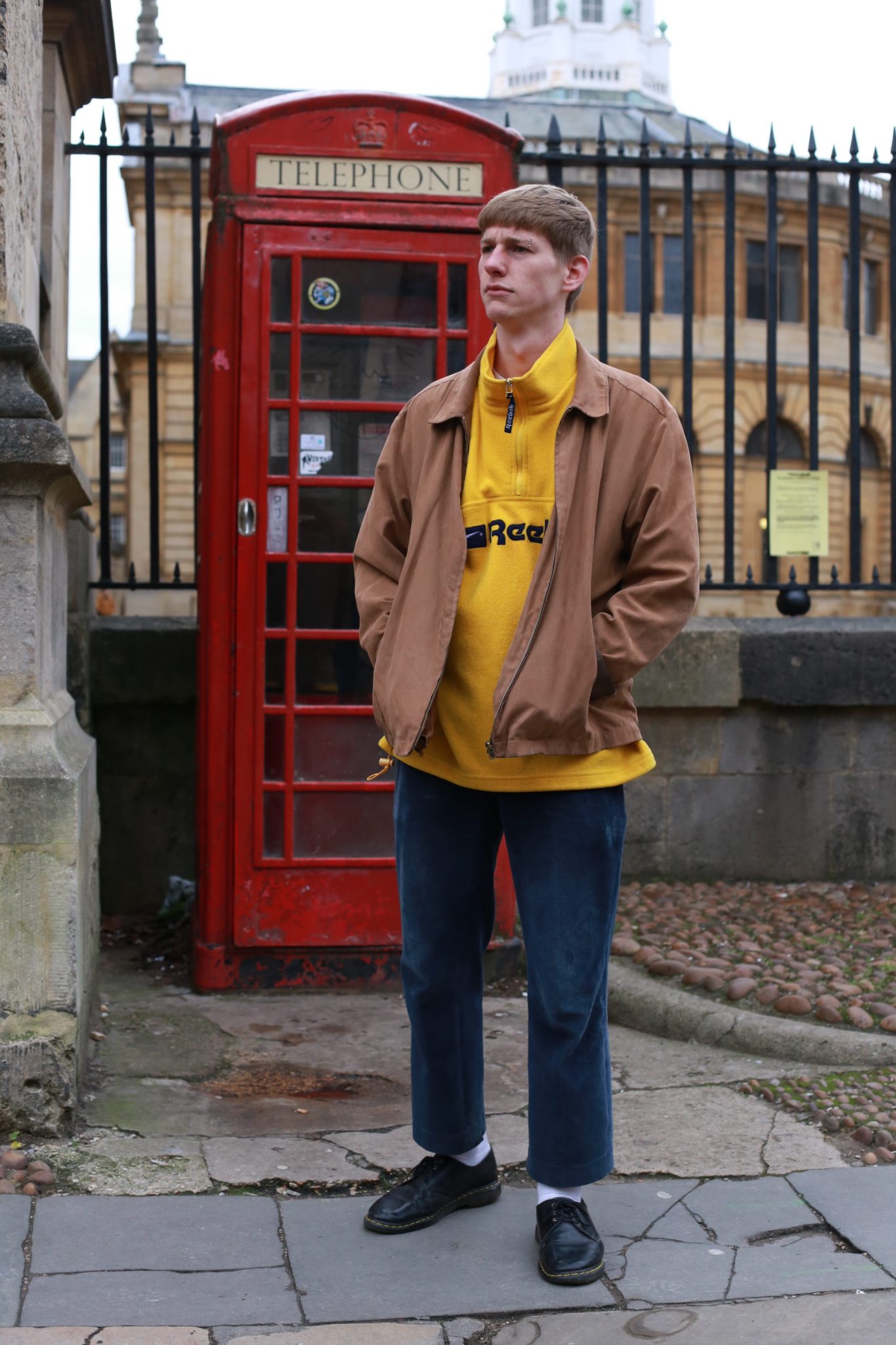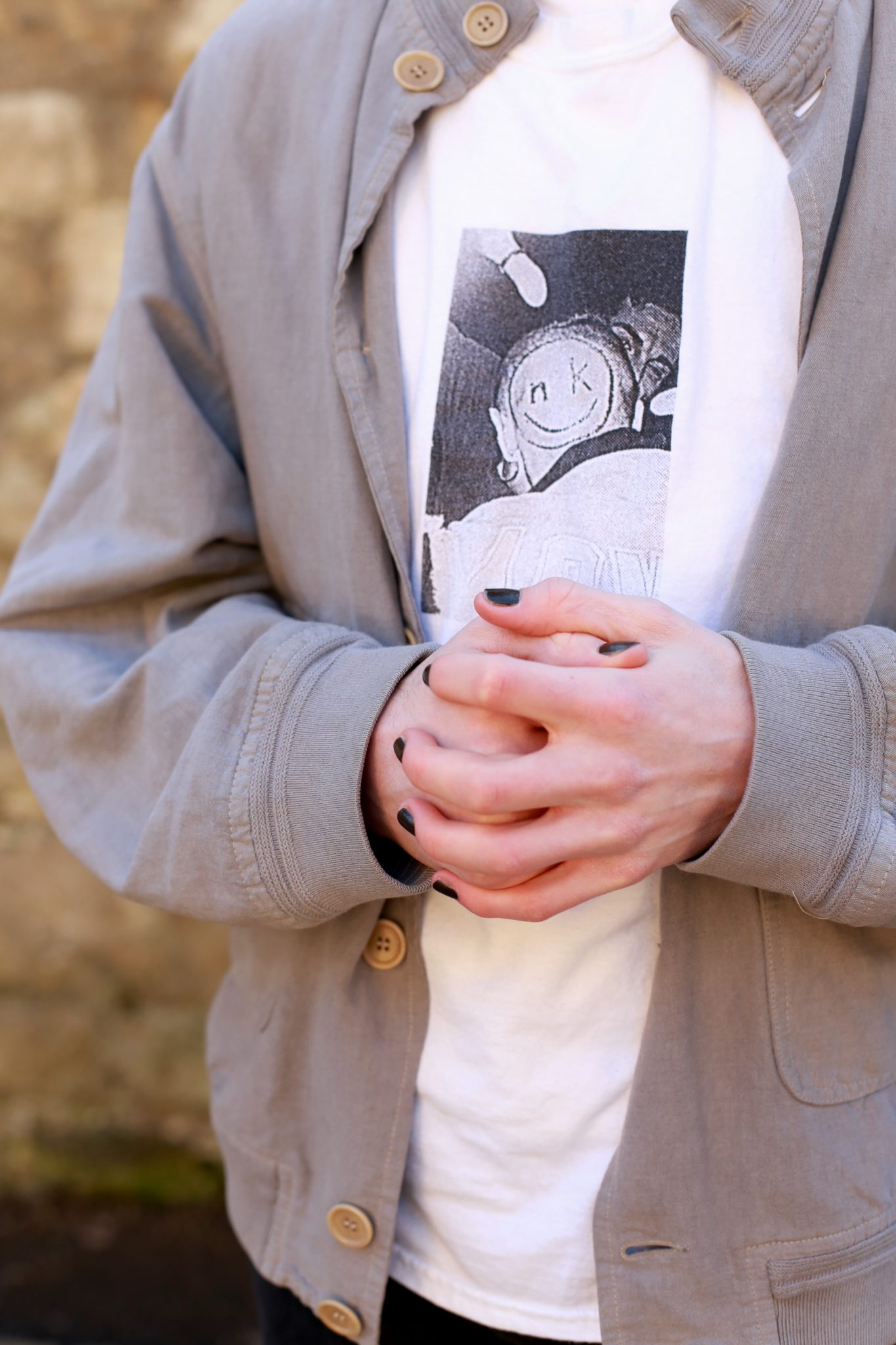The earliest laughable moment in James Graham’s political docudrama comes about five minutes in, when political strategist Matthew Elliott (wellplayed by John Heffernan) and UKIP’s erstwhile MP Douglas Carswell (played out of the corner of his mouth by Simon Paisley Day) turn up at Sherlock’s house in 2015 and ask him what he’s been up to since leaving Westminster. ‘Reading,’ he deadpans; ‘Thucydides. Kipling. Tolstoy.’
I would have found this profoundly annoying, had I been unprepared for it; luckily, in one of the brief jump-cuts during the portentous opening sequence he has already been heard deadpanning ‘Apollonian rationality versus Dionysian intuition’ to a board of executives. Later, he will scribble all over a blackboard while shouting ‘Tzu’s Art of War!’ with deadpan élan.
From these subtle, naturalistic hints, we can guess that Sherlock is a clever man, well-versed in strategy and the classics, but emotionally distant – a brilliant but unreadable sociopath.
I had to keep reminding myself that this was not in fact Sherlock, but Dominic Cummings, campaign director of Vote Leave and mastermind of Brexit’s success in the 2016 referendum. Graham left occasional reminders of this (people would sometimes address the protagonist as ‘Dom’, for instance), but frankly Benedict Cumberbatch plays Cummings as Holmes with less hair and more wood. Perhaps Channel 4 can only make sense of Leave’s victory if it was magicked up by a semi-mythical detective?
Either way, it is clearly tumescent with envy of the BBC Conan Doyle megahit and has decided to remake it: text appears punchily on the screen whenever anyone of importance is introduced; there are feverish but light-hearted splices of Cumberbatch doing unexpected things like playing pool or having a pint, while actually on a serious mission gathering data on punters’ prejudices; while some scenes (Cummings staggers woozily out of a house and puts his ear to the tarmac while music thunders; Cummings sends one message to a Whatsapp group in a board meeting, everyone’s phones start pinging, and he suddenly gets promoted to chairman) could have been lifted from Sherlock verbatim.
Generally, this all makes for watchable TV, and The Uncivil War is well-produced and sometimes quite exciting. It refocuses the events of 2016 in a much more dynamic historical lens than the turgid process seemed the first time around. However, unlike Sherlock, this performance from Cumberbatch is one of actual poorness, which sees one of the English speaking world’s most touted actors hamstrung by a poor script and a northern accent – Cummings occasionally seems to be from everywhere north of Birmingham – which at moments of higher emotion he often forgets altogether.
Nonetheless he commands centre stage, the camera engorged by him. Cumberbatch has simply become too big for domestic productions like this; one is almost never given the sense of Cummings as a real person, for all of Cumberbatch’s fussy method acting, because the shadow the programme does not allow itself to escape is Cumberbatch’s own. It made me nostalgic for 2006 and Starter for 10, where Cumberbatch’s best line as an embarrassed University Challenge captain was ‘It’s a kind of fungal infection.’ Ironically that line sums up his influence here. Graham, like his leading man, is a major West End animal, possibly British drama’s most high-profile political playwright and one of the few whose works near-automatically debut at the National Theatre. It is genuinely disappointing, then, to see the Westminster landscape conjured in The Uncivil War populated only by caricature charlatans – which in Boris Johnson’s case, of course, is a caricature of a caricature.
Richard Goulding’s Johnson is a fine piece of character acting – almost passable for the real thing, though Graham’s refusal to recognise that ‘the real thing’ in Johnson’s case is not merely what meets the eye betrays a lack of the kind of effort a Brexit drama needs if it’s to exceed fifteen years’ political cartoons in relevance. Oliver Maltman plays Michael Gove like an owl that’s been sat on, and his accent is even wobblier than Cumberbatch’s. Nigel Farage and UKIP donor Arron Banks (Paul Ryan and Lee Boardman respectively) are mined for comic relief, which mostly seems to be saying ‘fuck’ a lot; it is a mark of Graham’s effort at some kind of impartiality that Cummings’ Vote Leave campaign have as sincere a distaste as the Remainers for UKIP and the concomitant ineptitude of Leave.EU – even if it inevitably leaves the challenge of Farage to a thoughtful topical scriptwriter as wholly unanswered as that of Johnson.
This is probably Channel 4’s best effort at impartiality on a question which many of its programmers and target audience still find too raw and unpleasant to give much ground on. Even if no Remainers are caricatured at all (though May appears in archive footage as herself, which does half the job), they are at least made out to be as flawed as their Leave counterparts, and perhaps all the more blameworthy for being fatally detuned to the brewing zeitgeist of the last thirty years. Needless to say, this is only impartiality by Channel 4’s standards.
What promises to examine the Leave campaign with frankness and wit ends up leadenly moralising about Vote Leave’s use of online data-gathering methods (seemingly prompted by a sudden revelation in St James’s Park that lots of people use their phones a lot) to target advertisements at fence-sitters. Cummings, whose (legal) use of data-gatherers AggregateIQ is the target cardinal sin of the whole drama, is allowed to appear slightly sympathetic only at the price of regularly voicing contempt for his whole enterprise.
‘Referenda are the worst way to make political choices,’ he deadpans at one point; ‘not that we live in a nuanced or political age, do we?’ At this point the camera starts creeping towards him and an epic note of doom is struck in Cumberbatch’s voice and posture.
‘I hate them; they stop us progressing,’ he says later of nostalgic slogans (i.e. his own ‘Take Back Control’), ‘but in this case, let’s use them.’ It is hard to imagine anyone in real life saying any of these things.
Like Macbeth or a self-destructive drug addict (Sherlock again?), Cummings’ so-called recklessness can only be absolved if presented as a helplessly self-aware hurtle towards a fatal mistake. He has his ‘tomorrow, and tomorrow, and tomorrow’ moment right at the end when he leaves a tribunal over the AggregateIQ question with the words ‘We’re all done. Thank you.’ And accidentally knocks over his chair. Subtle.
What is ultimately hard to forgive is Graham’s dated cop-out technique of words on a black screen recounting events which have not been dramatised. This happens twice: at Jo Cox’s assassination, seven days before the referendum, and then before the credits, when Graham makes sure to let us know that AggregateIQ is ‘linked to billionaire businessman Robert Mercer’. After a brief pause the second line sombrely fades onto the screen: ‘who went on to become the largest donor to the election campaign of President Donald Trump.’
The T-word was a long time coming and is dropped with all the portentous reverence of a criminal sentence. The quiet moralism is shockingly crude, and, in implicitly equating an MP’s murder with the election of someone Graham disagrees with, leaves a bad taste in the mouth, and demonstrates how much more water is needed under the bridge before some grown-up perspective can be gained on the Brexit question.











